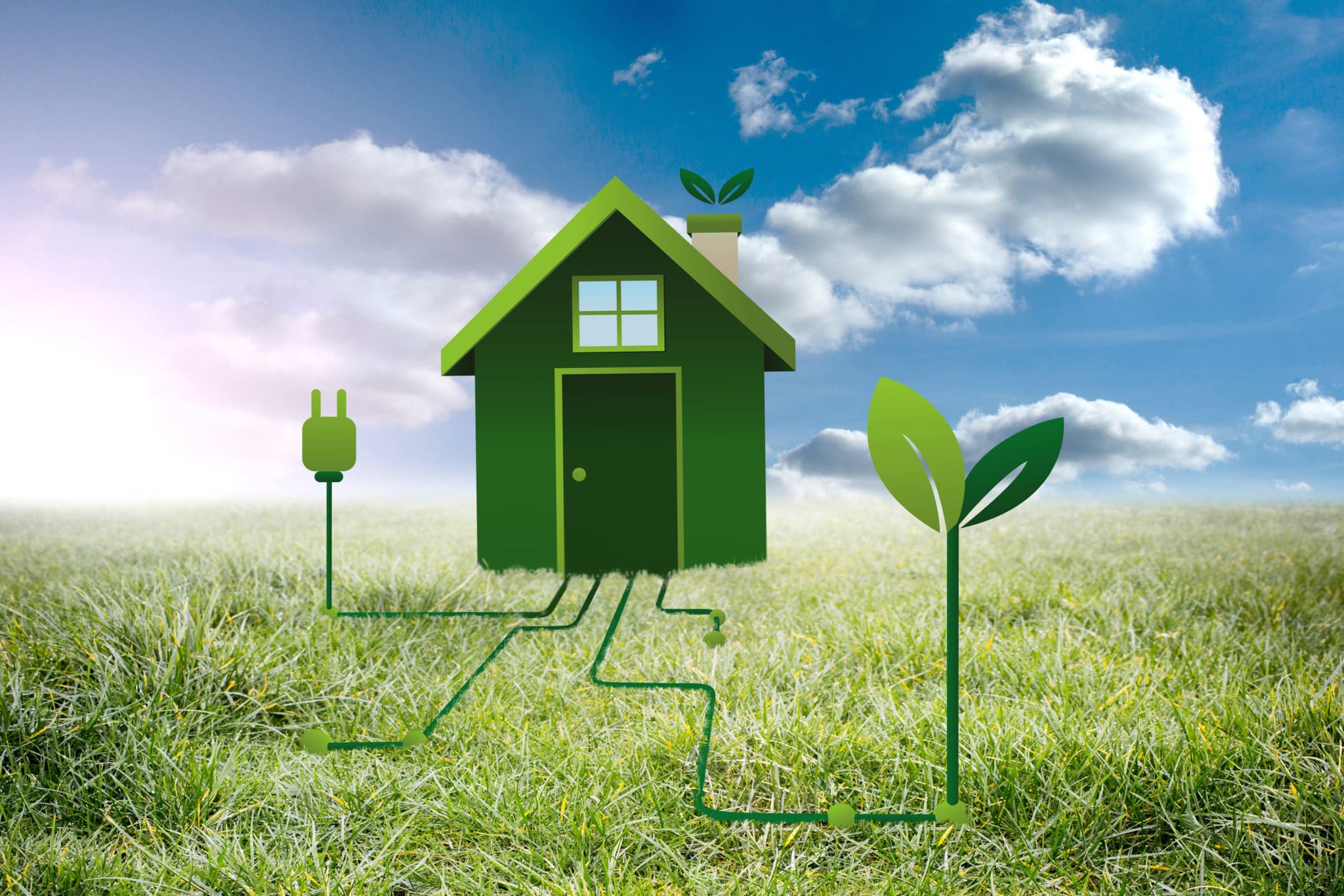¿Alguna vez ha pensado: "¿cómo puedo ser más respetuoso con el medio ambiente?". Antes de dar una serie de pasos de gigante que pueden hacer que ese estilo de vida parezca insostenible, empieza por casa.
Aumentar la eficiencia energética de tu hogar puede contribuir enormemente a lograr este objetivo, aquí tienes algunas ideas:
Métodos de calefacción y refrigeración energéticamente eficientes y de bajo coste
A medida que cambian las estaciones, también lo hacen sus necesidades de calefacción y refrigeración, que requieren mucha energía y cuestan mucho dinero. Los electrodomésticos, como los aparatos de aire acondicionado, que tienen más de 10 años son ineficientes si se tienen en cuenta las nuevas normas de fabricación, y es hora de cambiarlos.
También merece la pena evaluar la eficiencia energética de otros electrodomésticos, como frigoríficos, cocinas y lavadoras. Incluso un cambio tan sencillo como el de las bombillas, la colocación de cubiertas eficaces en las ventanas y el sellado de ventanas y puertas pueden aumentar significativamente la eficiencia energética de su hogar. No olvide consultar a su compañía eléctrica por si ofrece descuentos para ayudarle a mejorar su hogar.
La calefacción y la refrigeración consumen la mayor parte de la energía, así que asegúrese de centrar su atención específicamente en estos sistemas. Considere la posibilidad de instalar un termostato programable para regular eficazmente la temperatura. Programa los fines de semana y los días laborables para reducir el consumo de energía cuando no estés en casa.
Los grados extra de refrigeración o calefacción aumentan el consumo de energía entre un 6% y un 8%. Con la posibilidad de ajustar los controles de climatización, puede optimizar el confort térmico sin arruinarse. Al instalar el termostato, asegúrese de que no esté cerca de aparatos de calefacción o refrigeración para evitar lecturas inexactas.
Durante todas las estaciones, unas cubiertas de ventanas adecuadas reducirán al máximo la demanda de energía para calefacción y refrigeración, independientemente del clima. Las mayores pérdidas y ganancias de calor se producen a través de las ventanas, por lo que se trata de un área de enorme importancia.
Si se cierran las persianas en verano, se minimizará la ganancia de calor, y si se cierran en invierno, se reducirá la pérdida de calor. Los estudios han demostrado que las cortinas montadas en el exterior son las más eficaces. Esto se debe a que bloquean el calor del sol en la ventana, mientras que los tratamientos montados en el interior permiten que el calor pase a través de la ventana y llegue al ambiente.
En invierno, las cubiertas cerradas proporcionan una capa de aislamiento al hueco de la ventana. También crean otra capa de aislamiento al atrapar el aire entre la ventana y la cubierta. Las cubiertas exteriores de las ventanas son también las más eficaces, como las persianas enrollables montadas en el exterior, que suelen estar fabricadas con perfiles aislantes.
¿Por qué elegir un acristalamiento exterior?
Las ventanas ineficaces transfieren el calor y el aire frío con mayor facilidad, lo que aumenta la carga de su aire acondicionado y fuente de calor. Sustituirlas por ventanas más eficientes puede ser costoso, mientras que la simple adición de cubiertas para ventanas montadas en el exterior, como Rollshutters o Habitat Screens, mejora la eficiencia de las ventanas existentes.
Las cortinas enrollables y las mosquiteras Habitat no sólo reducen el consumo de energía, sino que también ofrecen una excelente protección contra los insectos y las inclemencias del tiempo. Las cortinas enrollables también proporcionan seguridad y protección contra tormentas, por lo que obtendrá muchas ventajas en una sola.
A la hora de comprar, tenga en cuenta que no todas las persianas enrollables tienen el mismo diseño. Si desea una persiana enrollable de seguridad que ofrezca todas las ventajas anteriores, eche un vistazo a Talius Rollshutters.
Talius fabrica persianas enrollables para seguridad, protección solar y contra tormentas, así como mosquiteras Habitat. Ambos productos ofrecen las ventajas de eficiencia energética que busca. También:
- Mejore la calidad de su ambiente interior
- Minimice su huella de carbono en el medio ambiente
- Reduzca el riesgo de condensación de humedad en sus ventanas
- Ahorre dinero en energía
Las pequeñas medidas también pueden marcar la diferencia a la hora de ahorrar energía.
Los electrodomésticos de cocina consumen mucha energía y los frigoríficos y congeladores funcionan en su punto óptimo cuando están llenos (no en exceso), pero lo suficientemente llenos como para consumir energía de forma más inteligente porque hay menos flujo de aire. Los frigoríficos y congeladores vienen con una temperatura recomendada por el fabricante que debe utilizarse para evitar el derroche de energía. Descongela el congelador antes de que se forme hielo de hasta ¼ de pulgada de grosor para que funcione eficientemente.
Al hornear, puede que le guste echar un vistazo a su plato para asegurarse de que se está cocinando bien. Sin embargo, con cada vistazo, la temperatura puede bajar 25F y el horno tiene que usar más energía para volver a subir la temperatura. En lugar de abrir el horno, utilice la luz para inspeccionar el plato. Apagar el horno unos minutos antes de que el temporizador se detenga permite que los alimentos sigan cocinándose sin la energía extra, lo que sin duda puede contribuir a la eficiencia energética de su hogar.
Por último, vístete según el tiempo que haga dentro de casa. No subas el termostato mientras paseas en camiseta. En lugar de eso, ponte otra capa de ropa y baja la temperatura. Lo mismo se aplica a la refrigeración de tu casa. Si necesitas ponerte un jersey, sube la temperatura y descarga el aire acondicionado.












